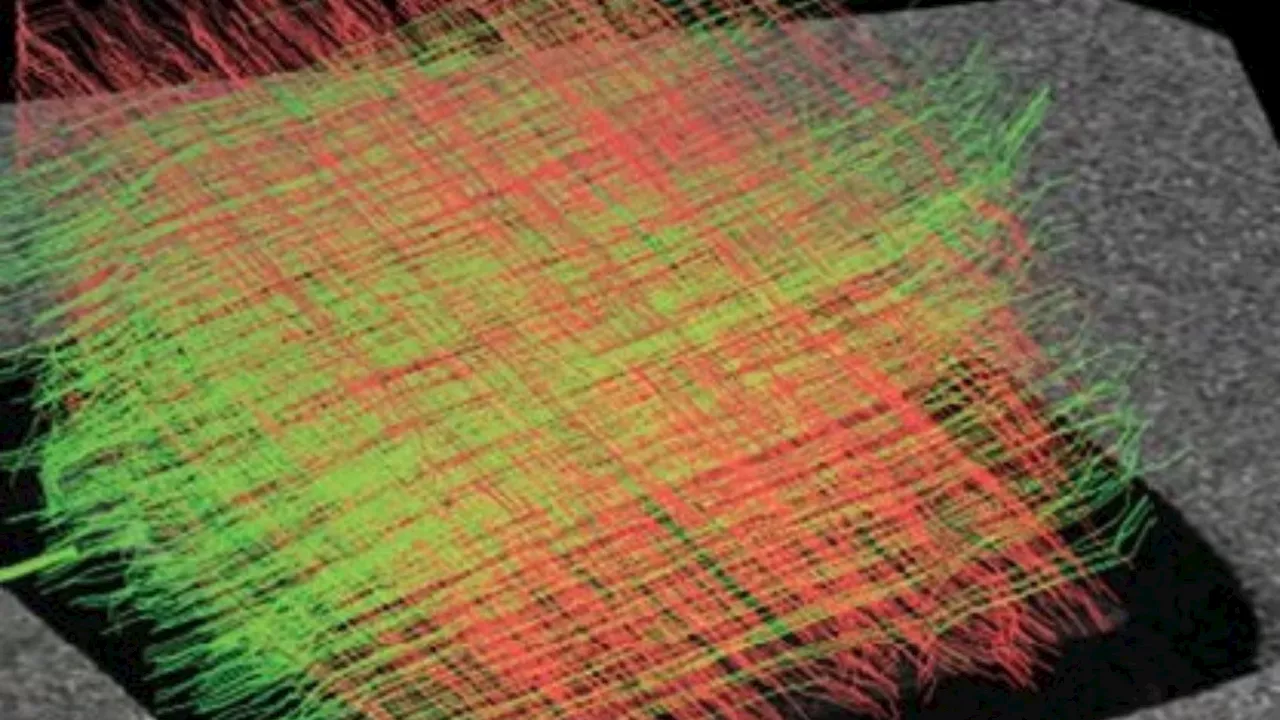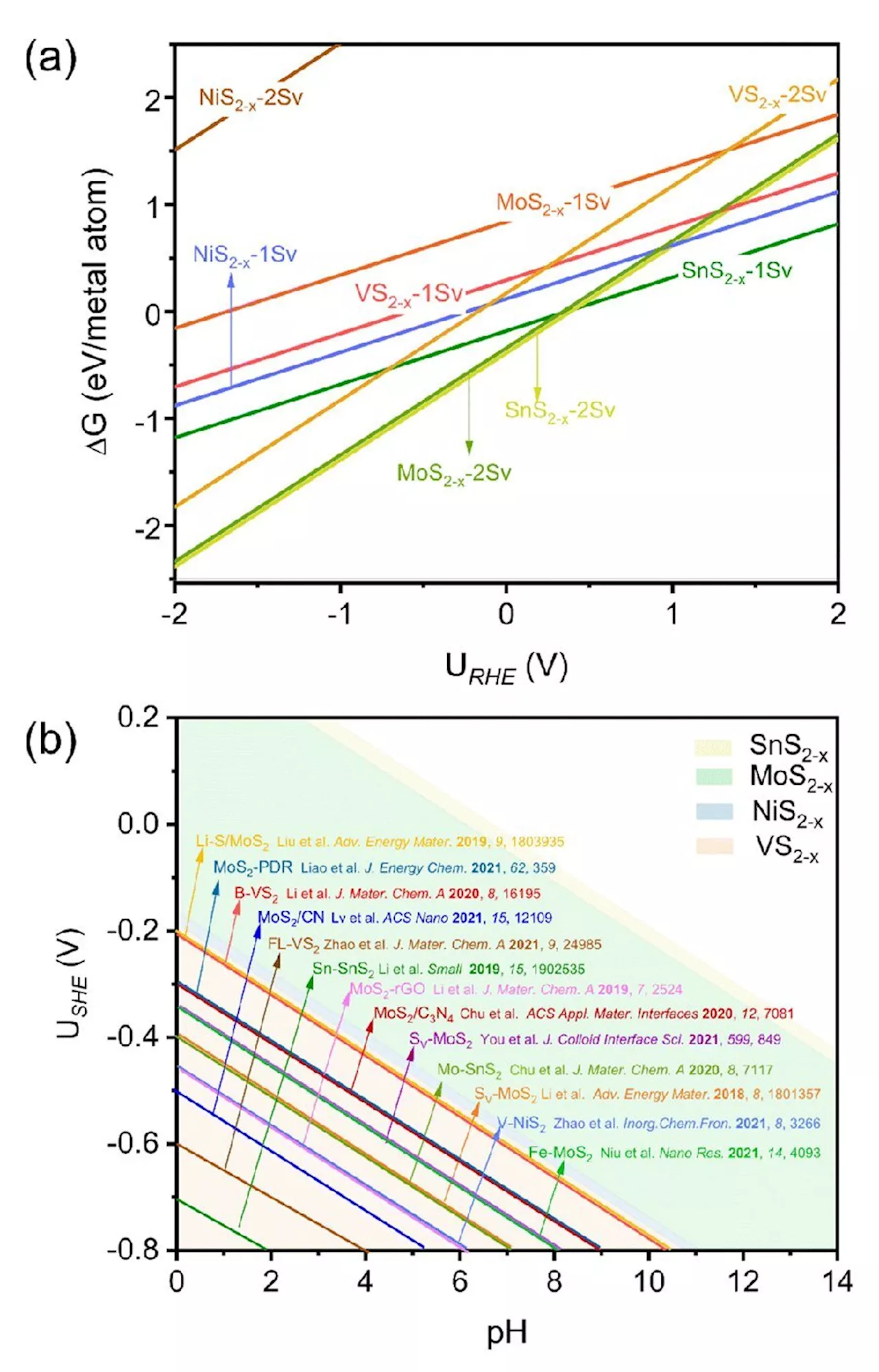Researchers warn that today's hunting quotas of about 3,000 animals pose a risk to the long-term survival of the grey seal in the Baltic Sea. The conclusions of this new study are based on statistics from 20th century seal hunting and predictions of future climate change.
Researchers warn that today's hunting quotas of about 3,000 animals pose a risk to the long-term survival of the grey seal in the Baltic Sea. The conclusions of this new study are based on statistics from 20th century seal hunting and predictions of future climate change.
Baltic grey seals are genetically isolated from the closest grey seal populations in the Atlantic. They are generally slightly smaller and, unlike solely land breeding seals found in the British Isles, can give birth to young on both drift ice and on land. The population is now facing new challenges in a world with a warming climate and a shortage of appropriately sized prey fish.
The countries around the Baltic Sea have agreed that the grey seal population should be allowed to recover after coming close to extinction in the 20th century due to hunting and environmental contamination. Conflict with fisheries during this period led to a bounty on seals. A biproduct of this is that there are detailed statistics on how many seals were killed each year.
"The culling of individual seals that visit or destroy fishing gear has always been allowed and is not problematic for the survival of the population. It was a few hundred individuals per year and did not affect entire groups of seals.
United States Latest News, United States Headlines
Similar News:You can also read news stories similar to this one that we have collected from other news sources.
 A tiny spot leads to a large advancement in nano-processing, researchers revealFocusing a tailored laser beam through transparent glass can create a tiny spot inside the material. Researchers have reported on a way to use this small spot to improve laser material processing, boosting processing resolution.
A tiny spot leads to a large advancement in nano-processing, researchers revealFocusing a tailored laser beam through transparent glass can create a tiny spot inside the material. Researchers have reported on a way to use this small spot to improve laser material processing, boosting processing resolution.
Read more »
 Scientists warn that the Baltic Sea gray seal hunt is too largeResearchers at the University of Gothenburg warn that today's hunting quotas of about 3,000 animals pose a risk to the long-term survival of the gray seal in the Baltic Sea. The conclusions of this new study are based on statistics from 20th century seal hunting and predictions of future climate change.
Scientists warn that the Baltic Sea gray seal hunt is too largeResearchers at the University of Gothenburg warn that today's hunting quotas of about 3,000 animals pose a risk to the long-term survival of the gray seal in the Baltic Sea. The conclusions of this new study are based on statistics from 20th century seal hunting and predictions of future climate change.
Read more »
 World’s first high-resolution ‘brain phantom’ 3D printed by researchersMarking a milestone in medical tech, researchers from Medical Uni Vienna & TU Wien 3D print the world's first high-resolution brain.
World’s first high-resolution ‘brain phantom’ 3D printed by researchersMarking a milestone in medical tech, researchers from Medical Uni Vienna & TU Wien 3D print the world's first high-resolution brain.
Read more »
 Researchers develop affordable, user-friendly method for single-cell reactions at the nanoliter levelScaling down single-cell reactions to the nanoliter level is critical to minimize the risk of contamination, increase reaction efficiency, and reduce costs.
Researchers develop affordable, user-friendly method for single-cell reactions at the nanoliter levelScaling down single-cell reactions to the nanoliter level is critical to minimize the risk of contamination, increase reaction efficiency, and reduce costs.
Read more »
 Researchers devise new way to find proteins for targeted treatment of diseaseResearchers at the University of Toronto and Sinai Health have created a new platform to identify proteins that can be co-opted to control the stability of other proteins—a new but largely unrealized approach to the treatment of disease.
Researchers devise new way to find proteins for targeted treatment of diseaseResearchers at the University of Toronto and Sinai Health have created a new platform to identify proteins that can be co-opted to control the stability of other proteins—a new but largely unrealized approach to the treatment of disease.
Read more »
 Researchers propose electrocatalytic ammonia synthesis as a more environmentally friendly methodA team of researchers has unveiled a promising alternative to the conventional means of synthesizing ammonia, one that is more environmentally friendly.
Researchers propose electrocatalytic ammonia synthesis as a more environmentally friendly methodA team of researchers has unveiled a promising alternative to the conventional means of synthesizing ammonia, one that is more environmentally friendly.
Read more »
